Radio Network Planning
#imetrixexpert

Radio Network Planning
#imetrixexpert
NETWORK PLANNING & DESIGN
AUTOMATIC FREQUENCY PLANNING
NETWORK MODELLING
PROSPECTIVE PLANNING
OPTIMISATION
PROPAGATION MODEL TUNING
Radio network operators are passionate about efficiency – getting the maximum return for the minimum outlay. Planning a network with the least amount of base stations to meet service requirements is one way to achieve that.
Part of radio network planning is modelling. Modelling answers questions like whether a proposed new service can be slotted into a spectrum space without causing interference. Radio network modelling provides answers before the operator incurs outlay costs or services suffer as a result of interference.
Network optimisation improves network coverage and the quality of signals. Whether this is achieved by automated frequency planning (AFP) or other methods, network operators worldwide are adopting sophisticated optimisation techniques to improve their network performance.
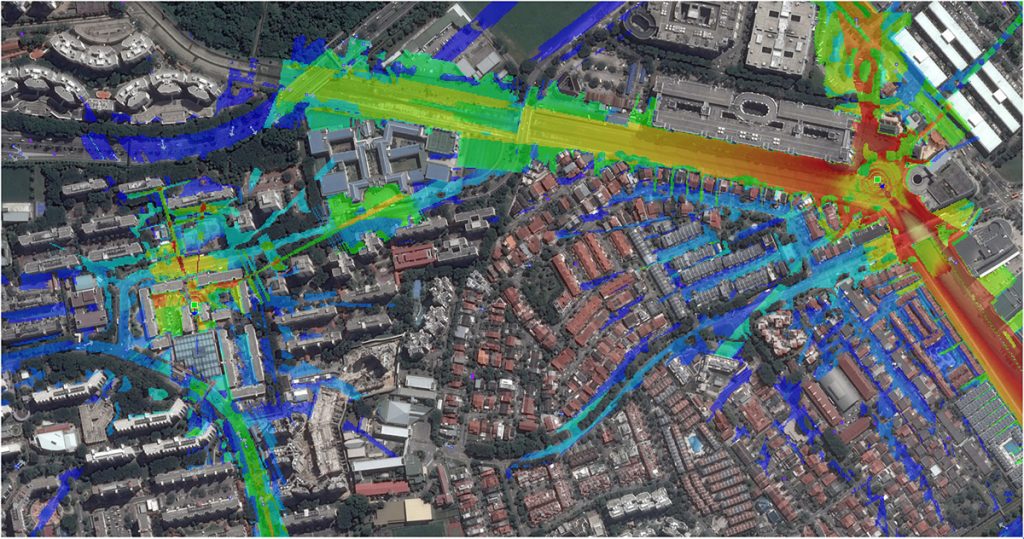
RF Planning
Radiofrequency planning includes network planning, design and optimisation. These functions enable network operators to build flexible wireless networks which can grow to meet increases in traffic and subscribers. At this stage of network development, it is important to ensure the network is rolled out faster, performs better and costs are kept to a minimum.
But today’s networks demand so much more. Engineers need to manage in-building coverage, small cell planning, backhaul or transmission network planning. All these activities need overseeing while ensuring the network delivers the coverage and capacity to meet the needs of the data-hungry subscribers.
HTZ is a technology-neutral solution that manages frequencies between 10KHz to 350GHz. This powerful spectrum engineering solution allows planners to plan, design and optimise their network.
Automatic Frequency Planning
AFP is used by operators worldwide as a method of optimisation. It is based on sophisticated techniques which control automatic frequency planning and optimisation of TRX allocation versus interference conditions. This method incorporates specific advanced features such as the allocation of frequency hopping parameters, intermodulation, multi-layer analysis, inter-system interference, use of the neighbour list, and user-definable constraints, enabling automatic frequency network planning, including worst-case scenarios in dense urban areas.
HTZ features a powerful and flexible Automatic Frequency Planning function that is based on sophisticated optimisation techniques suited to large and complex networks.
Check out our Getting started with HTZ webinar.
HTZ provides incorporates the latest ITU propagation and prediction models. These propagation models enable the software to provide accurate results.
The key network planning and analysis features include:
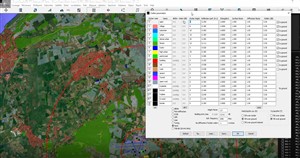
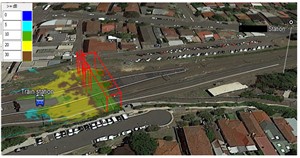
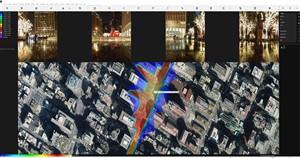
Sharing coverage results to internal/external users
Modelling all radio communications technologies between 8KHz and 1THz
Modelling all radio communications technologies between 10KHz and 350GHz

Bite-sized training sessions for HTZ users
ATDI introduces online training sessions to fit around busy schedules. Featured during the recent Spectrum Management Summit, these online sessions provide interactive and practical guidance on features and functions in HTZ. The first session covered parallel coverage calculations. This shows how to save time by running remote simulations in parallel. While this isn’t a new […]

ATDI – The planning power that airports trust
For the past 30 years, we’ve supplied software solutions and services to the aviation industry. But don’t take our word for it. Check out our activities in this sector on our website.
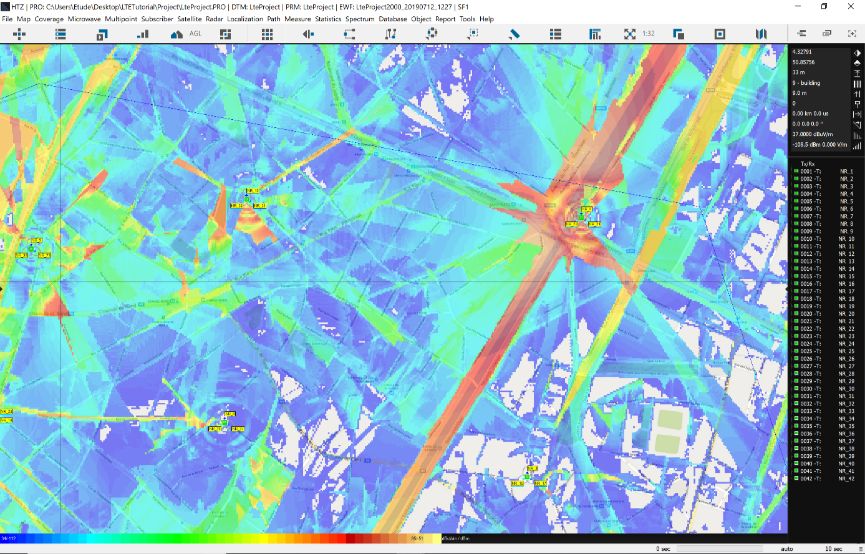
Webinar: 5G – features & functions in HTZ
HTZ supports emerging technologies like 5G. This webinar gives an overview of the features and functions available. For more information visit our product page.

PS-LTE for public safety networks
Blue light services need secure and resilient networks to connect their teams anywhere – anytime. This case study compares the progress of three countrywide emergency service networks & the routes they’ve chosen for implementation.


Εγγραφείτε στην επικοινωνία της
i-metrix για να μαθαίνετε πρώτοι τις προσφορές και τα νέα μας.
E-mail: info@i-metrix.gr
T: +30 210.300 2050
Ad: 20-22 Tzortz st. | Athens | GR